The next-generation Global Positioning System (GPS) IIF military satellites are built by Boeing to provide improved warfighting capabilities for the US Department of Defense (DoD) and its allied defence forces.
The satellites are operated by the United States Air Force (USAF) and provide reliable GPS capabilities and improved navigational accuracy, guidance, positioning and timing services.
The seventh navigation satellite, GPS IIF-7, was launched atop the United Launch Alliance (ULA) Atlas V rocket in August.
Development and launch details of GPS IIF satellites
The USAF awarded a contract to Boeing for the development and production of 33 GPS IIF satellites and ground control system in 1996. In 2000, Boeing received a modernisation contract, which reduced the number of GPS IIF satellites to 12.
The first satellite in the series, GPS IIF-1, was launched aboard the ULA Delta IV rocket from Cape Canaveral Air Force Station, Florida, in May 2010 and began services in August 2010. The second satellite, GPS IIF-2, was launched in July 2011 and was commissioned in August 2011. The third satellite was launched and entered into service in October 2012.
The fourth satellite was launched aboard the ULA Atlas V rocket in May 2013 and commissioned in June 2013. The fifth satellite was launched in February this year and began services in April with the sixth satellite launching in May.
Design and features
The GPS IIF satellite features a central aluminium core mounting six aluminium honeycomb panels. The satellites provide increased capability, improved mission performance and accuracy and enhanced anti-jamming capability and security in hostile environments.
Each satellite is 2.23m high, 2.48m wide, 2.03m deep and weighs 3,230lb on-orbit. It is designed for a lifespan of 12 years and provides variable power options.
The thermal control systems include thermal coatings, radiator blankets and electrically-controlled heaters. The space-ground link system (SGLS) uses S-bands for both up-link transmission and down-link reception. It consists of encrypted data links, a RH32 processor, centralised command decoding and telemetry communications systems.
The satellite also incorporates attitude determination and control, which is stabilised in three axes with sun-nadir pointing and zero momentum. The sensors used for attitude reference control are sun sensors, static earth sensors and reaction wheels or magnetic coils.
Navigation payloads and signals
The GPS IIF satellite is equipped with two radiation-hardened rubidium atomic clocks and one caesium clock with high stability timing to provide superior navigational accuracy.
The navigation payloads also include a radiation-hardened 32-bit (RH-32) central processor, ADA HOL, full message encoding and processing techniques. A real-time Kalman filter is applied for accurate guidance, control and navigation. A narrow band crystal filter is also incorporated to provide improved crosslink performance. An integral, reprogrammable baseband processor is equipped to enhance system performance.
The GPS IIF satellites are capable of broadcasting new L5I and L5Q signals to support search and rescue and commercial aviation missions. They can broadcast improved multiple civil and military signals such as L1M, L2M and L2C with better resistance to jamming. The satellites also broadcast L1 C/A and L1/2 P(Y) legacy signals.
Power to satellites
The GPS IIF satellites are powered by two Aerojet Rocketdyne engines. The propulsion system also consists of 320lb hydrazine (N2H4) monopropellant, twelve 1lb rocket engine assemblies (REAs) and four 5lb REAs. The satellite can operate at an altitude of about 10,898nmi.
The satellite is also equipped with NiH2 rechargeable battery system and three-panel improved triple junction GaAs solar arrays, which produce a power of 1.9kW.
US Defence Sector – Market Opportunity & Entry Strategy, Analyses and Forecasts to 2015
Detailed analysis and forecasts of the US defence market are available from our business information platform Strategic Defence Intelligence. For more information click here or contact us: EMEA: +44 20 7936 6783; Americas: +1 415 439 4914; Asia Pacific: +61 2 9947 9709 or via email.

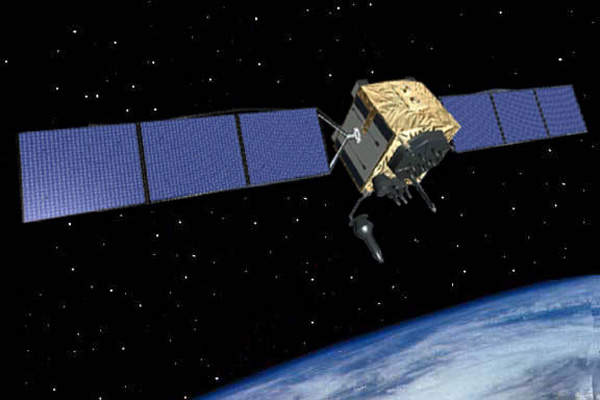
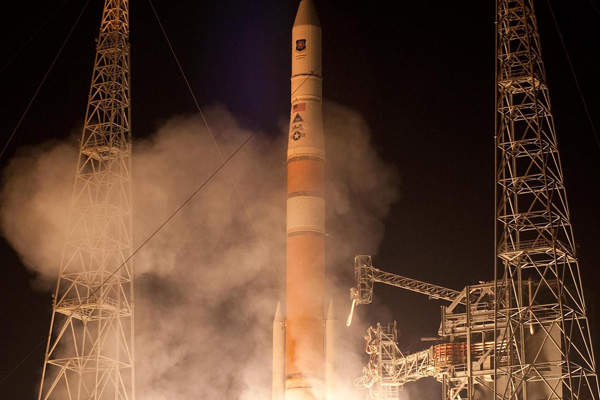
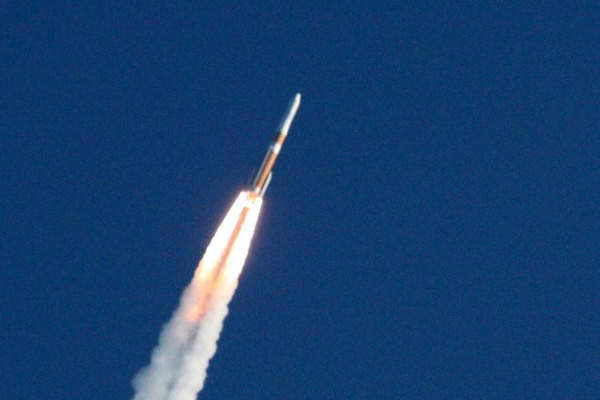
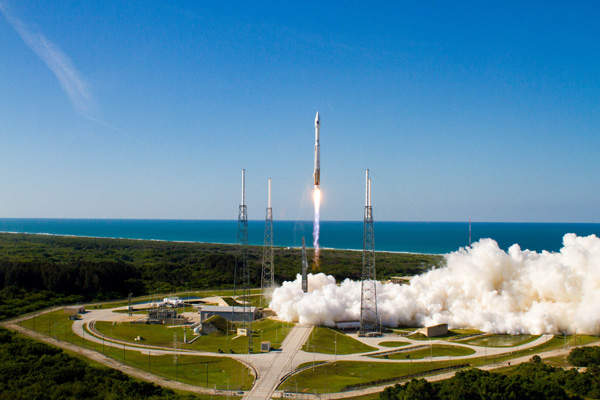
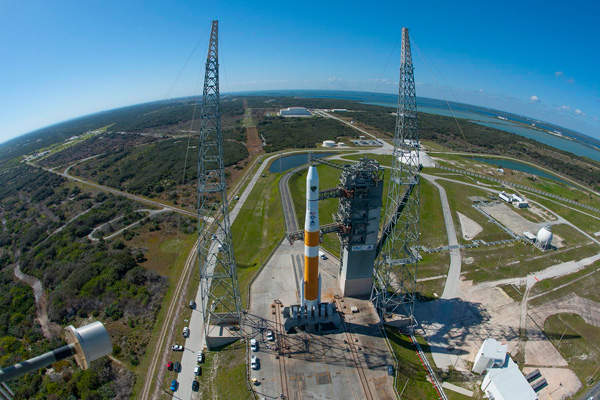
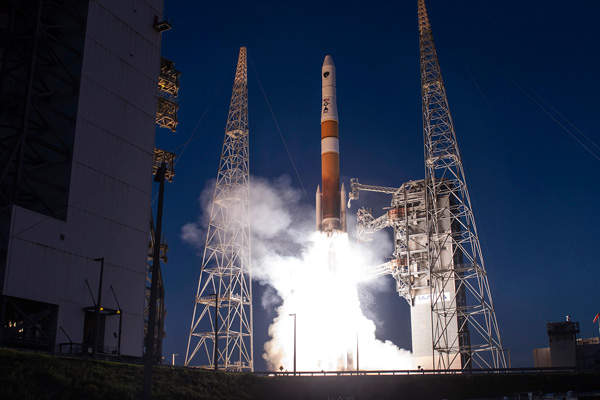
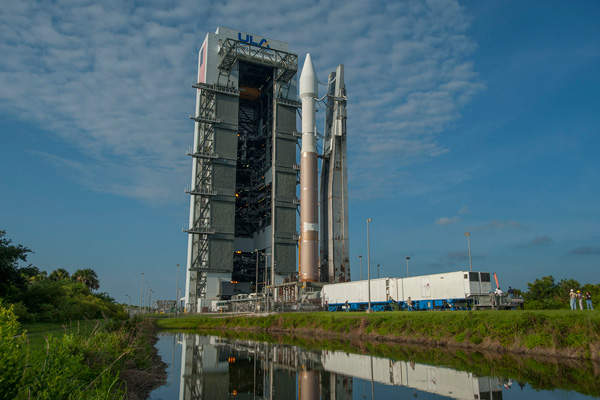


.gif)




